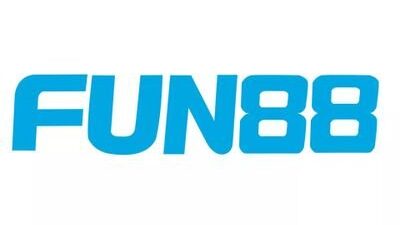While many of the tasks involved in best chimney cleaning Virginia Beach VA maintenance and installation should only be handled by a certified chimney professional, there are some things homeowners can do to ensure they are satisfied with their installations.
Chimney installation tips
There are two main things to consider when it comes to installing a fireplace. The first is the location of your fireplace and the second is the type of material used to build your fireplace. It is up to you as the homeowner to decide where you want to place your fireplace. However, you must remember that your chimney will be placed directly above the fireplace and cannot compromise the structure of your home. In terms of material, it is better to choose masonry than concrete slabs covered with brick veneer. Solid masonry is less prone to cracks and leaks than other materials.
When an inspection is scheduled
Once the fireplace is installed, maintenance is very important for your health and your home. Chimney experts recommend that you inspect your chimney at least once a year, but if you live in an area subject to extreme weather or use your chimney most of the year, twice a year is best. You should also inspect your chimney in the following situations:
What does a chimney and flue gas inspection include?
Industrial chimneys and flues are subject to deterioration over time and should be inspected regularly to ensure they are functioning safely and properly. Factories and factories generally have heavy production schedules, which can damage chimneys and flues. In addition to aggressive use, a chimney or flue can also undergo degradation due to external factors such as temperature changes, chemical attacks, lightning strikes and wind stress. Regular industrial chimney inspections by a chimney specialist can help identify early signs of problems before they become a health or safety hazard. Because the area’s most prone to damage are difficult to see from ground level—the interior, top, stairs, and platforms—a qualified chimney technician will be a good partner in maintaining chimneys. And your industrial chimneys in good condition. A regular maintenance and inspection program can help reduce costly repairs and plant downtime. If you are not familiar with the components or inspection methods of an industrial chimney or flue, this is what you can expect from a qualified chimney technician.
Visual inspections
The first aspect of your chimney maintenance plan is a visual inspection. Before a chimney technician can determine the necessary maintenance requirements, a preliminary visual inspection is required. There are two types of visual inspections that can be performed. Class I inspections are conducted using the online system. A chimney technician will inspect the structure using binoculars from ground level and also take a close-up visual inspection from stairs and access platforms. These inspections should be done once a year to identify any problems that require more attention.
Class II inspections are performed with a chimney or offline chimney.
These inspections may use rope access techniques to give chimney cleaning Virginia Beach VA technicians a closer look at the structure, both inside and out. Technicians will install the device at the top of the stack and then work their way down the entire height of the stack. Detailed notes are taken along with photographs of any anomalies, damage or safety hazards. The survey will include viewing as much as possible of the industrial stack or chimney at base level, access platforms and fixed access stairs. Cable access technicians will also go down to the structure to look at the condition of the chimney and liner. Once the notes are compiled, the report is given to the facility manager to help identify any pressing concerns.














Comments